An important part of The
Zay
Zay: (Arabic: costume, Pl. azyaā’), a set of clothes in a style typical of a particular country or historical period. Initiative fashion conservation work is to understand the context in which the clothes in our collection were worn. This includes the timeline, the function, as well as aspects of society, politics, fashion and world events that influenced the way women dressed in different eras. We focus on Arab dress, ranging from Morocco in the West, all the way to the Gulf states in the East, but we also keep an eye on other regions that had an influence on the Arab way of dress.
India has always had a big influence on fashion in our part of the world. Firstly, because many of the textiles, trimmings and embellishments were, and still are, imported from India, or brought to the Arab world as a means of trade. Secondly, many tailors and designers originate from India. They bring with them the styles, fashions, and customs of their home country.
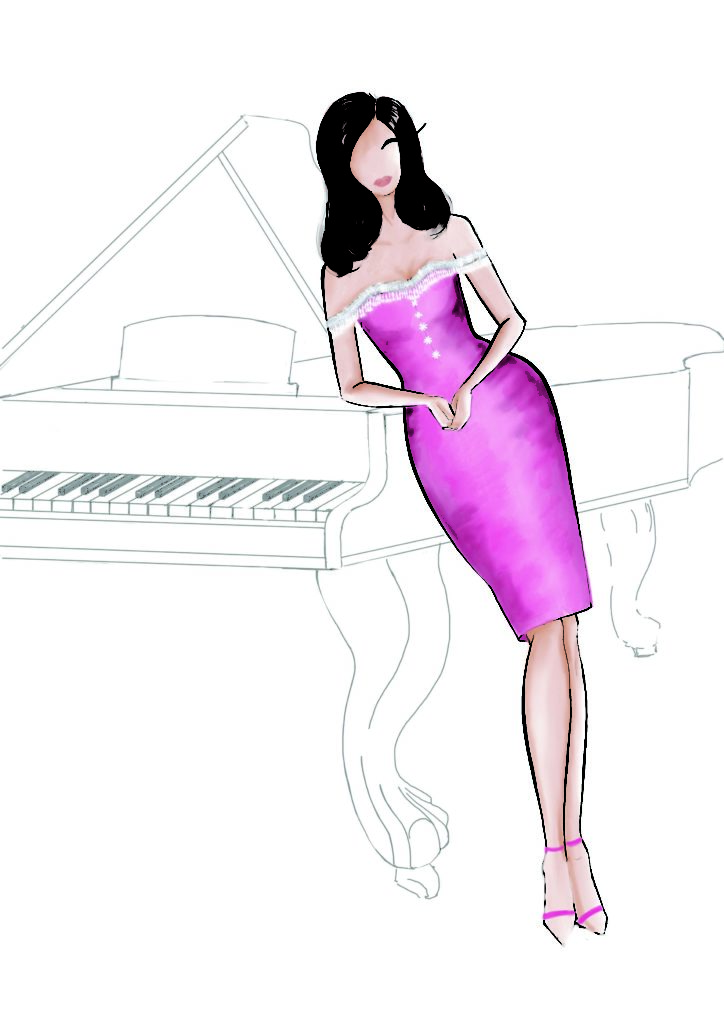 Film: Aadmi Aur Insaan (1969)
Film: Aadmi Aur Insaan (1969)
Designer: Bhanu Athalya
Actress: MumtazThe Book
What began as a book of fashion illustrations from Hindi cinema with London-based Aparna Ram (a former investment banker turned illustrator) transformed into a nostalgic journey through the most iconic fashion moments of Indian cinema.
“There is ultimately no question that films impact the way many Indian women dress, and this is what we raise a toast to in 100 Iconic Bollywood Costumes. In picking out some of fashion’s most iconic moments in film, this book traces the cultural history of both cinema and costume design in India, and will be of interest to fashion students, art historians, and anyone who enjoys Bollywood."
The author spoke to professionals in the industry including editors, critics and directors. She chose films that had on-screen looks that inspired trends or that were later copied in other movies. Whilst these 100 outfits are not a definite list, it represents how Indian fashion has changed through the years, how it reflects the aesthetics of the time, and how it impacted everyday style.
The book opens in the 1950s when India’s first technicolour film
Aan (1952) was produced. Actress Nadira, brought an androgynous look to the Indian screen, playing a feisty princess inspired by Marlene Dietrich. The book concludes with
Veere Di Wedding (2018) with Kareena Kapoor and Sonam Kapoor where fashion was used to communicate the personalities of each character.
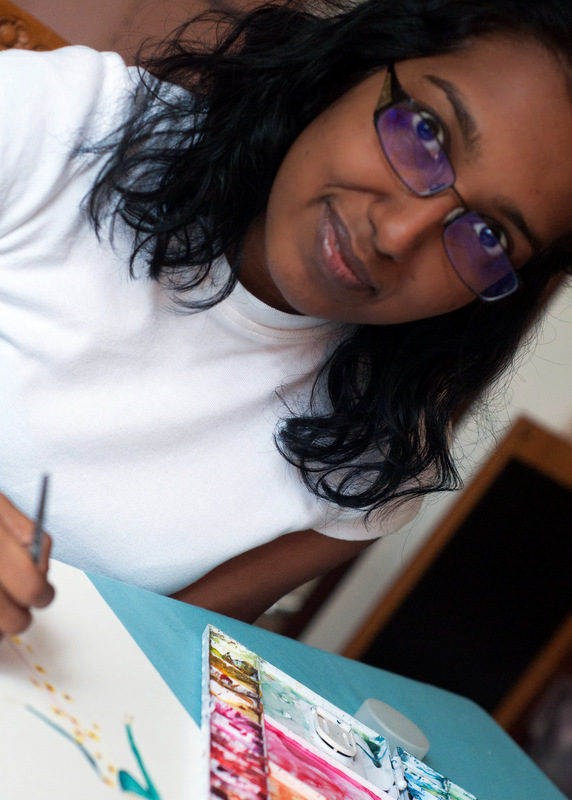 Illustrator Aparna Ram
Illustrator Aparna RamThe Illustrator
Aparna Ram’s illustration career started as a hobby while she pursued a career in finance and banking before she decided to turn her full attention to her art.
“Early on in my watercolour and fashion illustration journey, I came across a book on 100 iconic dresses. I clearly remember thinking: Someone ought to do this for Bollywood. Very soon, my thought turned from ‘someone ought to do this for Bollywood’ to ‘I ought to do this for Bollywood’, and that is how the idea for the book was born.”
It was only when Aparna approached Priya Kapoor, the editorial director of Delhi-based publishing house Roli Books, with her illustrations and idea, that her dream started to become reality. Priya approached fashion journalist Sujata Assomull with the idea, and together they turned the dream into reality.
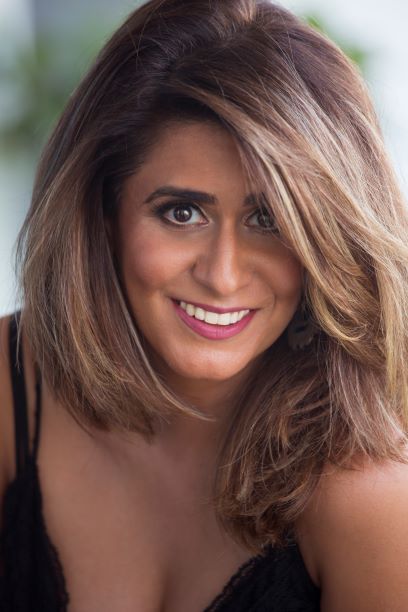 Author Sujata Assomull
Author Sujata AssomullThe Author
Sujata Assomull, fashion journalist, author, consultant and curator, has more than 20 years’ experience in the international fashion world, including being the founding editor of Harpers’ Bazaar India. After many years of working and living in London, New York, Mumbai and Delhi, she is now based in Dubai where she works in fashion and media.
“I have known Priya Kapoor from Roli Books for a while and always loved the books she has worked on. We had been speaking about working on a book that looked at fashion in India. The focus of that book was going to be the sari, but it never happened. Like the Middle East, India is still a country where traditional wear is not a costume and worn every day - and today’s “India Modern” fashion is as au courant as fashion in Milan, London, or Paris.”
It was during a trip to Mumbai that Priya messaged her saying she came across a London based illustrator Aparna Ram who had these fabulous illustrations of Bollywood, and she wanted to make them into a book. Sujata looked at them and wanted to be a part of the project.
"There were some red carpet looks, some off-screen looks and lots of on-screen moments. I met Aparna just two months later during a London trip and we instantly connected. I grew up in London during the 1980s and for Non-Resident Indians it was through Bollywood that many of us got our fashion cues. So, I decided it should be a book that focuses on women, and on how Indian cinema has shaped the way women dress. It was a subject no-one had looked at before, and we decided to focus on 100 looks starting with India’s first colour film made in the 1950’’s to the time the book was published."
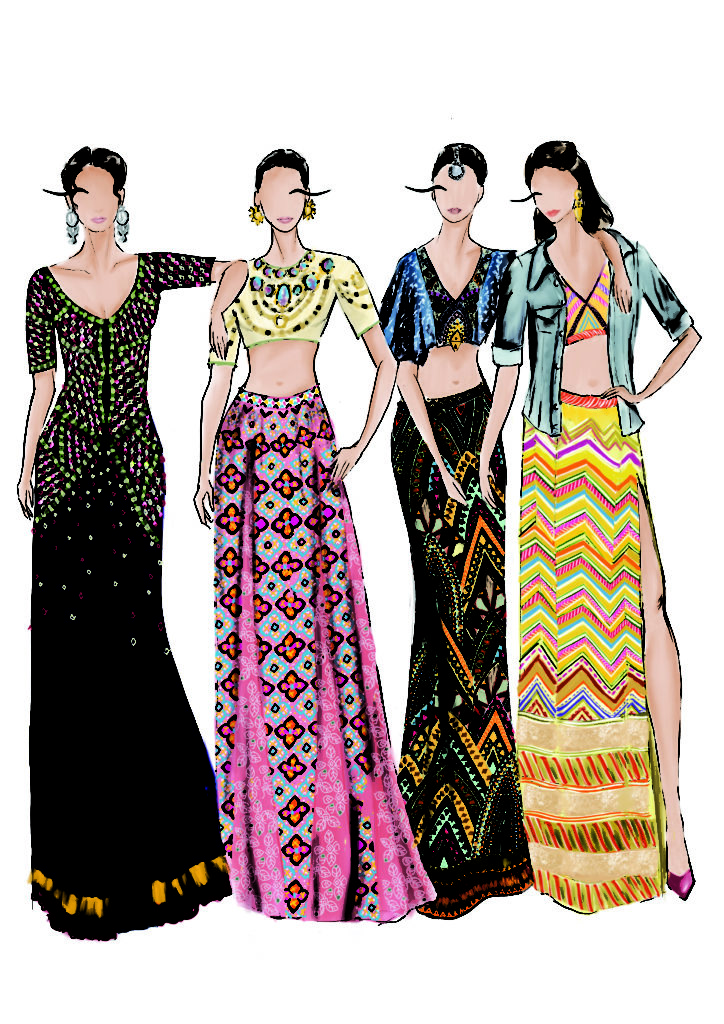 Film: Veere Di Wedding (2018)
Film: Veere Di Wedding (2018)
Designers: Abu Jani–Sandeep Khosla and Rhea Kapoor
Actresses: Kareena Kapoor, Sonam Kapoor, Swara Bhaskar and Shikha TalsaniaThe Research
Sujata reached out to experts in the Indian film and fashion industry. From Vogue India’s Priya Tanna, fashion designer Anaita Shroff Adajania, to filmmaker Ramesh Sippy and film critics Rajeev Masand and Udita Jhunjhunwala, as well as costume designer Neeta Lulla.
“Indian model turned costume designer and stylist, Manish Malhotra's insights were so sharp yet sensitive, that I decided he should write the foreword of the book.”
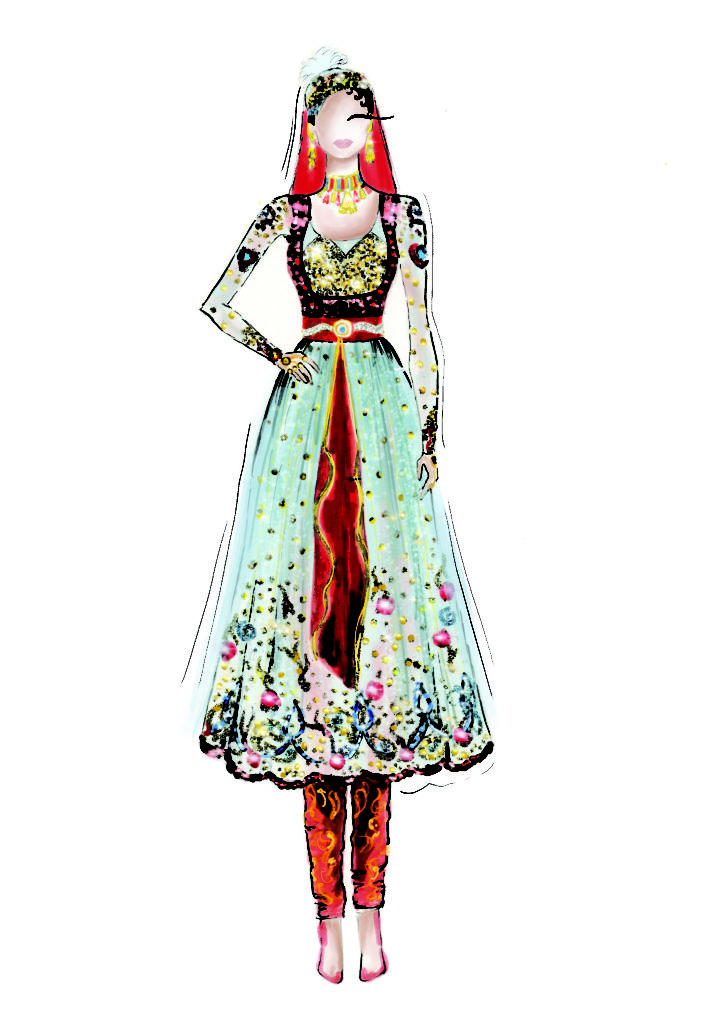 Film: Mughal e Azam (1960)
Film: Mughal e Azam (1960)
Wardrobe in-charge: B.N. Trivedi
Actress: MadhubalaIndian Cinema
“Fashion, as seen in films, tells a story in a similar way fashion on catwalks does. It interacts with the aesthetics and norms of the times.”
As a fashion journalist and editor, Sujata knows too well that films in India reach an audience no runway or fashion magazine could dream of.
“For instance, that is how Kareena Kapoor’s Patiala salwar
Salwar: (Farsi: shalvār; Synonym: ṣarwāl, shirwāl ), trousers featuring tapering ankles and drawstring closure of Central Asian origin. They disseminated in the Indian subcontinent between c.1st-3rd century BCE. Although exact period of its arrival in the Arab world is disputed their widespread adoption is confirmed from the 12th century.
worn with a t-shirt in Jab We Met and Deepika Padukone’s knotted off-shoulder t-shirts in Cocktail became every college girl’s must-have. These looks went from the screen to the street instantly – even a red-carpet look does not command such an instant appeal.”
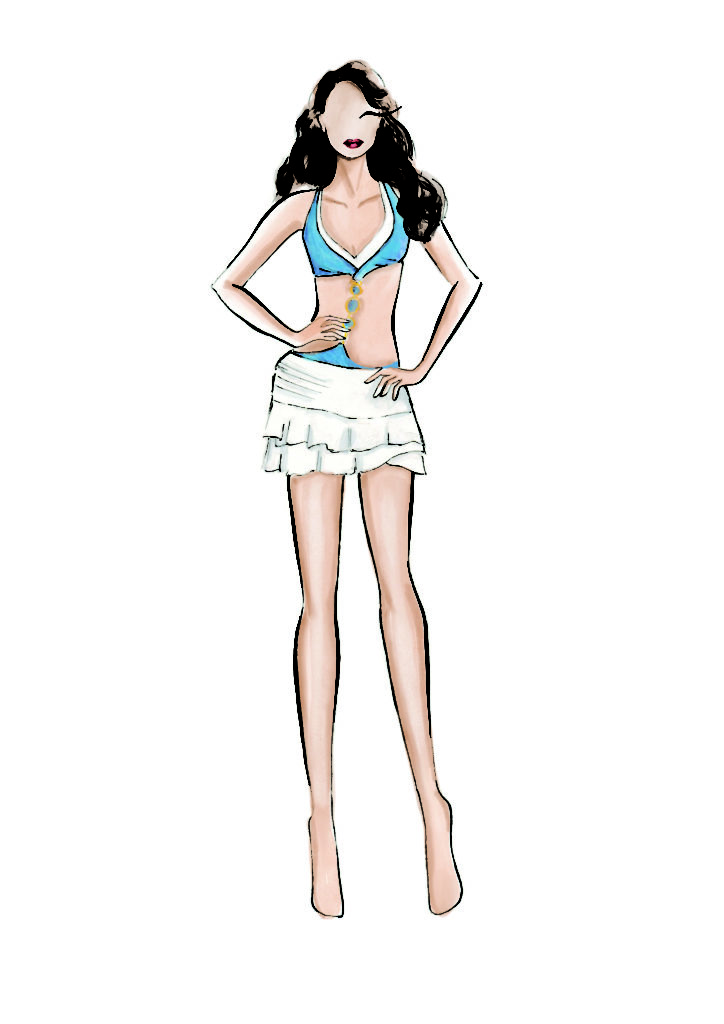 Fim: Dhoom 2 (2006)
Fim: Dhoom 2 (2006)
Designer: Anaita Shroff Adajania
Actress: Aishwarya RaiDesigners
Today the priority for both designers and brands is to dress an actor for the big screen rather than for a red-carpet event or a magazine. The Indian film industry is the largest in the world in terms of films produced – 1500 to 2000 per year and has the second-highest footfall in cinemas worldwide. Second only to China.
“This means that if you want to reach the upper classes or the masses, films are probably your best bet, providing you find the right project. Luxury brands like Louis Vuitton and Christian Dior can thank Karan Johar’s Kabhi Alvida Naa Kehna for alerting Indians about their arrival in the country.”
100 Iconic Bollywood Costumes is a valuable contribution to the world of fashion and costume, but also an important document recording the influence of pop culture, lifestyle, and modern society on fashion. Not just in India but across the globe.
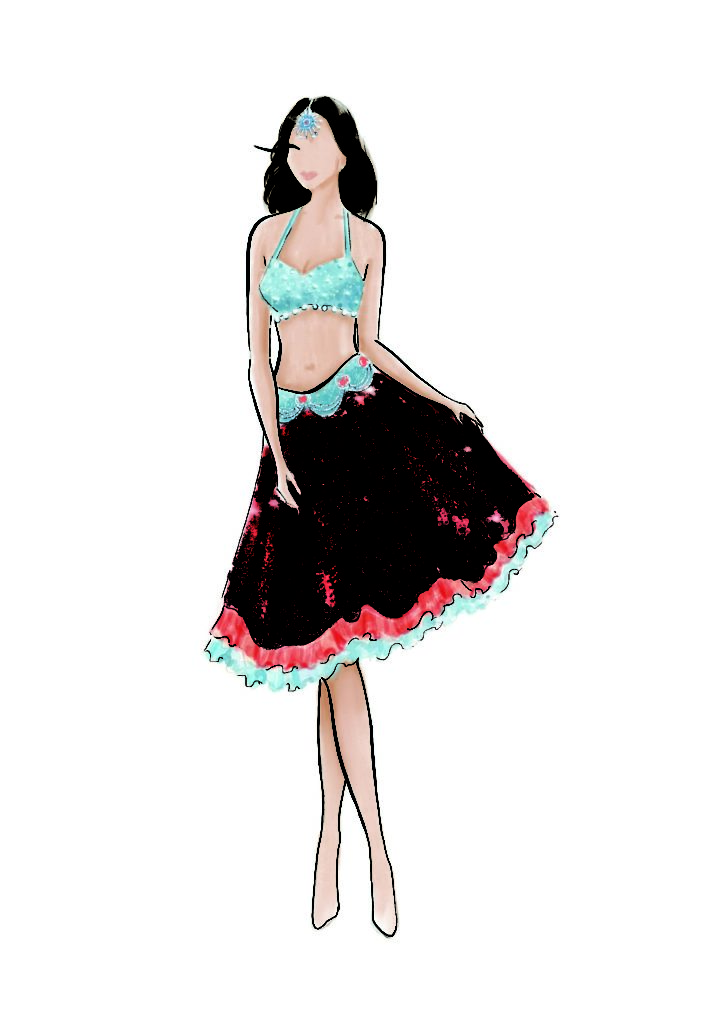 Film: Omkara (2006)
Film: Omkara (2006)
Designer: Dolly Ahluwalia Tiwari and Rocky S.
Actress: Bipasha BasuBook Information
Author: Sujata Assomull.
Illustrator: Aparna Ram
Published: Roli Books, Delhi, India - 2020
Hardcover
ISBN: 9788194110972
Order your copy
here 




 Film: Aadmi Aur Insaan (1969)
Film: Aadmi Aur Insaan (1969) Illustrator Aparna Ram
Illustrator Aparna Ram Author Sujata Assomull
Author Sujata Assomull Film: Veere Di Wedding (2018)
Film: Veere Di Wedding (2018) Film: Mughal e Azam (1960)
Film: Mughal e Azam (1960) Fim: Dhoom 2 (2006)
Fim: Dhoom 2 (2006) Film: Omkara (2006)
Film: Omkara (2006)